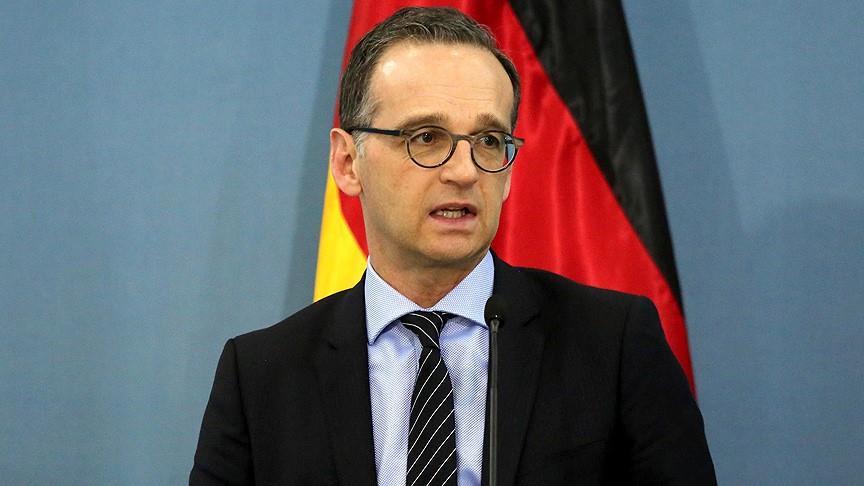Germany: Coal share in electricity rises to one third
Because of the energy crisis, Germany's dependence on coal for electricity production has increased. But wind and solar energy have also become more important in 2022.

Coal was the most important source of energy for electricity production in Germany last year – and it has become even more important. According to the Federal Statistical Office, exactly one third (33.3 percent) of the electricity generated in Germany and fed into the grid came from coal-fired power plants. In 2021, the proportion was still 30.2 percent. Electricity generation from coal thus increased by 8.4 percent over the year.
Strong growth for photovoltaics
The second most important source of energy last year was wind power. Their share of power generation increased by 9.4 percent to just under a quarter (24.1 percent) after a comparatively low level of wind in the previous year. In 2021, the proportion was still 21.6 percent.
The feed-in from photovoltaics increased by almost a fifth and reached a share of 10.6 percent. In 2021 it was still 8.7 percent. According to the statisticians, the increase was favored by “a high number of hours of sunshine”.
Overall, however, 53.7 percent of the electricity fed into the grid last year came from conventional energy sources such as coal, natural gas and nuclear power. Due to the simultaneously lower generation in gas and nuclear power plants, however, the share fell by 8.7 percent compared to the previous year. In 2018, 62.8 percent of the electricity fed into the grid was still based on conventional energy sources.
In contrast, feed-in from renewable energies such as wind power, photovoltaics and biogas increased by 7.3 percent to 46.3 percent. “In addition to the stronger generation of electricity from wind power, a significant increase in solar power contributed to this increase,” according to the statistical office.
Electricity generation from natural gas decreases
In 2022, electricity from coal-fired power plants not only recorded the highest increase among the conventional energies relevant to electricity generation. It also helped offset sharp declines in natural gas and nuclear power. Electricity feed-in from natural gas fell by 11.3 percent after having already fallen by 5.8 percent in 2021.
“The main reasons for this were the tense situation on the gas market as a result of the Russian war of aggression in Ukraine and the associated significant increase in natural gas prices,” according to the Federal Statistical Office. “While natural gas has to be imported almost entirely to generate electricity, Germany is significantly less dependent on imports when it comes to generating electricity from coal.”
Around 60 percent of the coal-fired power in Germany comes from lignite and around 40 percent from hard coal. “The need for lignite is largely covered by domestic production, the need for hard coal by imports,” it said.
Less electricity imported
The amount of electricity imported from abroad fell by 4.8 percent in 2022 compared to the previous year. According to the statisticians, it is about one tenth of domestic production. The drop of 62 percent in electricity imports from France is particularly strong. In 2021, France was still the most important electricity importing country for Germany. Last year there were massive technical problems in French nuclear power plants, which is why dozens of nuclear power plants were shut down.
The amount of electricity exported from Germany rose by 8.5 percent in 2022 compared to the previous year. Germany therefore continues to export more electricity than it imports.





